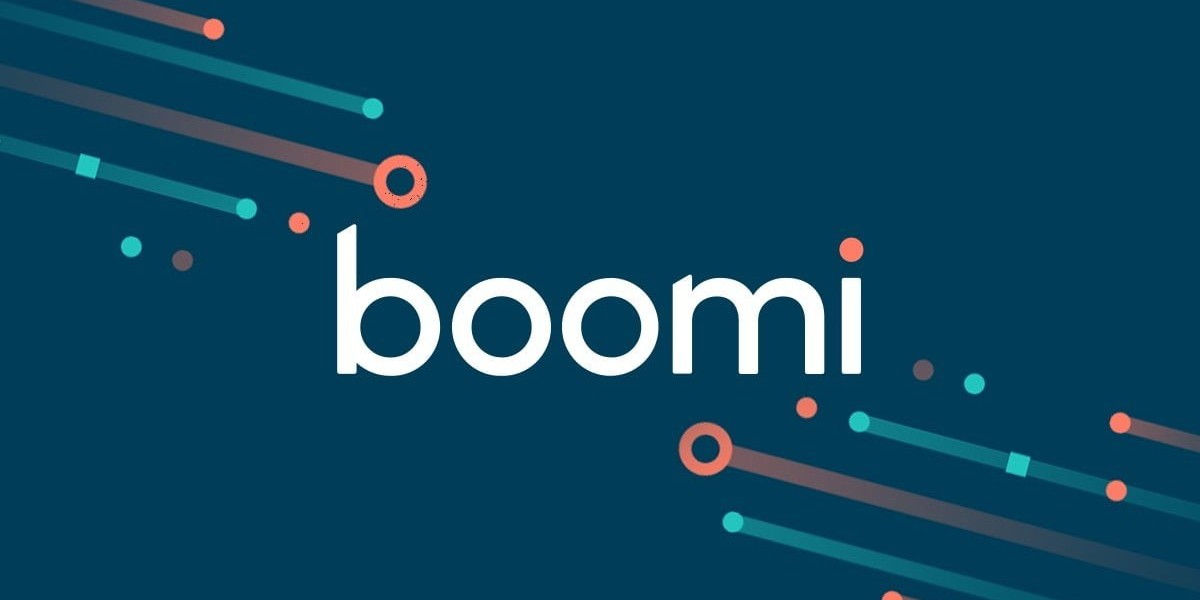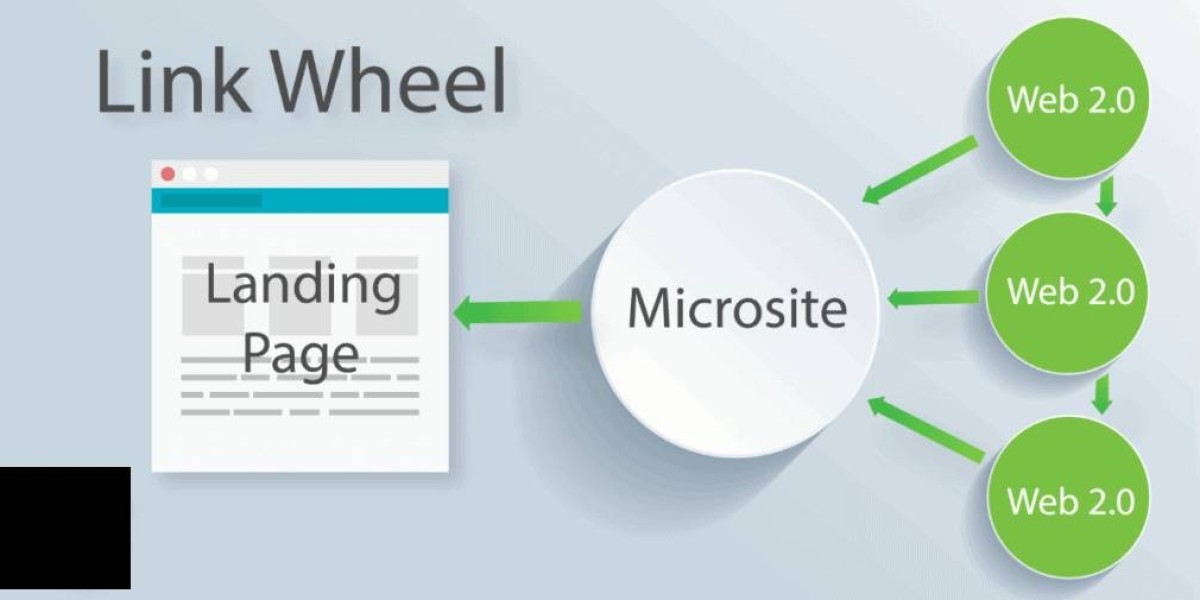As businesses scale and diversify their technological ecosystems, seamless integration between applications and data systems becomes crucial. Enterprise environments, often comprising various on-premise, cloud-based, and hybrid systems, require a robust solution to handle the complexities of modern integration needs. Boomi Integration Services is one such platform that enables enterprises to efficiently integrate their systems, applications, and data through a cloud-based approach.
However, successful implementation of Boomi Integration Services in an enterprise environment requires careful planning, execution, and management. This guide will explore best practices to ensure a smooth and efficient integration process using Boomi, addressing critical aspects like architecture planning, security, monitoring, and ongoing optimization.
1. Understanding Business Needs and Integration Requirements
Before diving into the technical implementation of Boomi Integration Services, it is essential to thoroughly understand your organization’s specific integration needs. Different enterprises will have different goals, such as improving customer experience, streamlining supply chains, or automating financial processes.
Key Steps:
Assess Existing Systems: Evaluate your current software architecture to identify which applications, databases, and services need to be integrated.
Define Objectives: Clarify the business outcomes that the integration will support. For example, is the goal to reduce manual data entry, improve real-time reporting, or ensure consistent customer data across departments?
Prioritize Integrations: Not every integration must be executed at once. Start with mission-critical processes and gradually extend to others.
Involve Stakeholders: Engage different departments and key stakeholders early in the process to ensure that their integration needs are adequately addressed.
By outlining your goals and integration requirements upfront, you can design more targeted and efficient Boomi solutions.
2. Designing a Scalable Integration Architecture
A key strength of Boomi Integration Services lies in its ability to scale with the growth of your enterprise. To fully leverage this capability, it’s crucial to design a scalable integration architecture from the beginning. Proper design prevents bottlenecks and ensures that future integrations can be added without major disruptions.
Best Practices for Scalable Architecture:
Modular Design: Break down complex integrations into smaller, reusable components or modules. This makes the system more manageable and allows for easier troubleshooting and updating.
Hybrid Deployment Strategy: Depending on the nature of your enterprise, you may need to balance between cloud-based and on-premise integrations. Design your architecture with hybrid deployment in mind, allowing flexibility for both environments.
Load Balancing: Implement load balancing to manage high volumes of data traffic and ensure that performance remains consistent even as data loads increase.
Atom and Molecule Deployment: In Boomi, Atoms handle individual integration processes, while Molecules are clusters of Atoms that provide enhanced reliability and performance. For larger enterprise environments, deploying Molecules ensures greater scalability and failover protection.
3. Optimize Data Mapping and Transformation
One of the most critical components of any integration is data transformation—converting data from one format to another to ensure that different systems can communicate effectively. Boomi Integration Services offers powerful data mapping tools, but using them effectively requires a careful approach.
Data Mapping Best Practices:
Consistent Data Standards: Define consistent data standards for your entire enterprise. For instance, ensure that all systems use the same date formats, product codes, or customer IDs to minimize the need for complex transformations.
Reusability: Create reusable data maps and transformations whenever possible. This reduces redundancy, saves development time, and ensures consistency across integrations.
Leverage Boomi's Built-in Functions: Boomi provides a rich set of built-in functions for common data transformations, such as trimming strings, converting date formats, or performing mathematical operations. Leverage these functions to streamline your data mapping efforts.
Test Mapping Thoroughly: Testing is essential for ensuring that data is accurately transformed and flows seamlessly between systems. Use Boomi’s testing tools to validate each integration and identify any discrepancies early on.
4. Ensuring Robust Security and Compliance
In enterprise environments, data security and regulatory compliance are of paramount importance. Whether you're handling sensitive customer information, financial data, or intellectual property, your Boomi integration solutions must be secure.
Security Best Practices:
Secure Connectors: Use Boomi's secure connectors for encrypted data transmission between systems. Ensure that any communication involving sensitive data (such as through APIs or databases) is properly encrypted using HTTPS or other secure protocols.
Access Control: Boomi allows you to define role-based access control, ensuring that only authorized personnel have access to certain parts of the integration process. Ensure that permissions are configured correctly to prevent unauthorized access to sensitive systems or data.
Data Masking: For sensitive data fields, implement data masking techniques to anonymize or obfuscate the information being passed through the integration.
Compliance Monitoring: Depending on your industry, compliance with regulations such as GDPR, HIPAA, or PCI-DSS may be necessary. Boomi provides auditing capabilities that allow you to monitor and log integration activities, helping you stay compliant with regulatory requirements.
5. Implementing Monitoring and Error Handling Mechanisms
A key aspect of managing integrations in an enterprise environment is ensuring that integrations run smoothly and efficiently. Boomi Integration Services provides monitoring and error-handling capabilities that help you manage this.
Best Practices for Monitoring and Error Handling:
Real-time Monitoring: Set up real-time monitoring and alerting in Boomi to get notifications when an integration fails or encounters an error. This allows your team to address issues before they impact critical business processes.
Error Handling Logic: Design your integrations with robust error-handling logic, including retry mechanisms and failover processes. For example, if a connection to a database fails, Boomi can be configured to retry the connection multiple times before raising an alert.
Logging and Auditing: Maintain logs of all integration processes to enable troubleshooting and auditing. Boomi offers comprehensive logging tools that can help you track down the root causes of any issues.
6. Regular Performance Reviews and Continuous Optimization
No integration process is static. As your business grows, the volume of data and the complexity of processes will evolve, and it’s essential to continuously review and optimize your Boomi Integration Services.
Optimization Best Practices:
Analyze Performance Metrics: Boomi offers performance metrics for each integration process, allowing you to identify potential bottlenecks or inefficiencies. Regularly analyze these metrics and make improvements where necessary.
Upgrade and Update Components: Ensure that your Boomi Atoms, connectors, and other components are always up-to-date. Boomi regularly releases new features and performance improvements that can benefit your integration environment.
Review Business Goals: As your business objectives change, periodically review your integration processes to ensure they align with current goals. This may involve adjusting workflows, adding new integrations, or decommissioning outdated processes.
7. Collaborating with Cross-functional Teams
Integration is not solely the domain of IT teams; it touches nearly every part of an organization. Collaborating with cross-functional teams—including operations, finance, marketing, and sales—ensures that all necessary requirements are addressed.
Best Practices for Collaboration:
Involve End Users: Include end users in the design and testing phases to ensure that the integrations meet their practical needs.
Clear Documentation: Maintain clear documentation for each integration process, allowing teams to understand how data is transferred and transformed.
Training: Provide training for employees on how to use the Boomi platform and interpret integration outcomes, especially when self-service integration tools are used.
Conclusion
Implementing Boomi Integration Services in an enterprise environment can revolutionize how systems, applications, and data interact, creating a more efficient and cohesive business operation. By following best practices—such as designing scalable architectures, optimizing data mapping, securing your integrations, and maintaining continuous performance reviews—enterprises can maximize the value of Boomi and ensure their integrations are robust, scalable, and secure.
With a thoughtful approach and adherence to these guidelines, businesses can effectively leverage Boomi Integration Services to streamline operations, enhance collaboration, and ultimately drive growth in a complex enterprise landscape.









